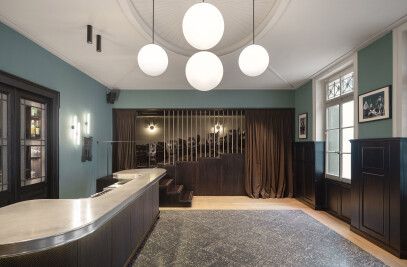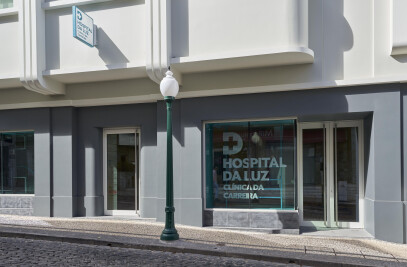The Basilica of San Francesco is universally renowned for housing one of the masterpieces of renaissance art, the Legend of the True Cross fresco cycle, inspired by Jacopo da Varagine’s Golden Legend and painted on the walls of the Bacci Chapel by Piero della Francesca, probably between 1453 and 1459. The chapel belonged to the Bacci, a family of wealthy merchants from Arezzo, who initially commissioned the Florentine artist, Bicci di Lorenzo, to decorate it. He painted the four Evangelists on the vault, the two Doctors of the Church on the intrados of the arch and the Last Judgement on the chapel’s triumphal arch. In 1452 Bicci died and Piero della Francesca took over the commission. The Legend of the True Cross summarises all the special characteristics of the artist’s painting: a spatial structure with a strict perspective, the depiction of grandiose figures immersed in an atmosphere of diffused, subtle, abstract light and net colour contrasts between warm and cold tones used to substantiate space using light. In Constantine’s Dream, in particular, the glow that lights up the scene reveals the artist’s supreme sensitivity to light that is also apparent in the battle scenes and the way the sunlight reflects on the soldiers’ armour.
In 2018 the Tuscan Polo Museale, or Museum Authority, decided to confront the need to update the lighting system installed in the year 2000 following the 15-year-long restoration project that succeeded in resolving the complex problems involved in conserving Piero della Francesca’s fresco cycle. This commitment was made by the Architectural, Historic, Artistic and Environmental Heritage Authority for Arezzo and the Opificio delle Pietre Dure in Florence, in collaboration with numerous research institutes, scholars, scientists and specialists. Compared to today’s technological breakthroughs, the lighting system, designed almost 20 years ago, was inadequate, especially in terms of energy consumption and maintenance. In 2000, in fact, the chapel lighting system consisted of a 2-metre-high oval platform mounted on four vertical struts and fitted with universal joints for adjusting the low voltage halogen lamps with dichroic reflectors installed on them.
The possibilities offered by the advent of LED lighting led to the Tuscan Museum Authority embracing the idea of a new solution that would allow the chapel’s original sense of space to be recovered by eliminating the central lighting unit, increase energy savings, facilitate maintenance, improve colour rendering and reduce the impact of gaps in the paintings. iGuzzini was then invited to support the project as a sponsor and the invitation was accepted immediately, as it fits perfectly into the company’s Light is Back programme.
At the end of a long series of site visits and studies, a lighting system was designed by the architect Antonio Stevan, featuring Palco luminaires mounted on low voltage tracks. These luminaires are amongst the most compact devices on the market and include a wide range of optics and a similar level of installed power to that of much larger projectors. It is these compact dimensions – to be specific, the 62 mm diameter projector – that enabled the luminaires to be installed on the partition wall behind the main altar that separates the Bacci chapel from the rest of the church. A limited number of projectors were used with 12° and 26° optics and in some cases fitted with a diffusing filter. After a series of tests, a colour temperature of 3500 K was selected and, more importantly, a specific emission spectrum based on Tunable White technology was defined for the LEDs. These decisions were made by a technical and scientific committee headed by Stefano Casciu, the director of the Tuscan Museum Authority, and including Antonio Stevan and architect Rossella Sileno, director of the Basilica of San Francesco. iGuzzini illuminazione was then commissioned to create the LED luminaires with the colour temperature specified to balance the colour contrasts in Piero della Francesca’s cycle.
It is this emission spectrum that allows the cold tones to be viewed properly, and a combination of careful beam aiming and the option of dimming the light flow - all the luminaires have DALI technology and are managed by a KNX control system - succeeds in reducing the impact of the many gaps in the paintings. Lastly, another important result of the new system is its significant reduction of energy consumption, from 2000 W to 400 W, which means all the client's initial requests have been fulfilled.

































